“The Dedication”, by Adrienne Camille Lunson. A.K.A “Finaly, a Japanese Dollar Baby”
If there is one thing I love about the Dollar Baby program is how many talented young filmmakers all around the world adapted stories from my favourite author. Think about it: an american best-seller author, writes stories that happen in America and has American DNA in those characters and situations.
Then suddenly another person from a completely different culture adapts one of those stories and by doing that, this filmmaker creates something that doesn’t look like an American story anymore. And it keeps being a great story.
That says a lot about not only the talent of those filmmakers who adapted those stories but also how powerful Stephen King’s stories really are. Universal stories, universal fears and universal dramas.
I grew up watching American movies, because here in Brazil they are even more popular than our own movies. It is so much easier to find an American long feature in a movie theater here in Brazil than movies from any other country. We need to go to “special” movie theaters to watch European movies or even Brazilian ones. We are used to it, the same way that because of that we are used to movies with subtitles. Nowadays we have Netflix and other streams where we can find movies from all around the world, but we still have a hard time following short movies.
When I started to gain access to Dollar Baby filmmakers and eventually to their movies, man, it was amazing: a bunch of filmmakers adapting short stories from my favourite author? Sing me in! I created a Dollar Baby Film Fest to gain access to these movies and later when I became part of SKSM Team and started writing about Dollar Babies, man, a new world opened for me. Movies from different countries, spoken in so many different languages….
Since the first edition of my Film Fest I always prefered to have Dollar Babies spoken in languages that were not English, but don’t get me wrong, I have nothing against American movies. It is just that since King is American and America has the biggest movie industry in the world, it is more commun to find American Dollar Babies. And yes, some of the best Dollar Babies I have EVER watched so far are spoken in English, some of them American movies. But once I don’t mind watching a movie with subtitles, man, I have watched dozens and dozens of great Dollar Babies in so many different languages. And that is so cool, because this is a way to get to know different cultures and also to have a glance of places I might never get the chance to visit in my life. Sometimes I can even see such a beautiful place in a movie that it makes me wanna visit this place.
Adrienne Camille Lunson made me feel this way with her Dollar Baby, “The Dedication“. But before I start to talk about her amazing Dollar Baby, let me talk a little about my relationship with Japanese culture. I always wanted to watch a Japanese Dollar Baby, but until 2025 there wasn’t a single Dollar Baby made in Japan. I was looking forward to one because I practically breathe Japanese culture. I am quite used to Japanese culture for 2 reasons: my hometown here in Brazil is also a Japanese colony, cause after world war 2 we got a lot of Japanese immigrants here in this area. Their culture is so strong in my town in a way that we even have a festival to celebrate the beginning of the Fall (a great event by the way). The second reason it would be TV: we always had here in Brazil, Japanese TV shows, like Japanese versions of Power Rangers (yeah, I know, Power Rangers is the American version of those TV shows, but you guys got the idea) and also anime, the Japanese cartoons. I grew up watching those TV shows and playing with their toys. Video Games too, I had so many Dragon Ball and Yu Yu Hakusho games that I used to dream that I was in battle with them sometimes. Later, I not only became a fan of Junji Ito horror comic books but also I got used to watching some Japanese horror movies. I got curious about Japanese horror movies because of the American versions of great movies, so that made me want to watch the original source.
And last but not least, when I was studying cinema I started to watch great filmmakers from all around the world and when we talk about Japanese cinema we can’t forget a genius called Akira Kurosawa!!!! Man, I love his movies, he influenced so many filmmakers in such a way that our pop culture would not be the same without him. Star Wars? George Lucas drank from Kurosawa. Bergman also drank! “Magnificent Seven”… the list would go on and on. If you have no idea who the hell is Akira Kurosawa, do yourself a favor and go look for it. For instance, in my opinion his movie “Throne of Blood” is the best version ever of Macbeth as a movie.
And, of course, if there is another Japanese filmmaker you should keep your eyes on, it would be Adrienne Camille Lunson.
Adrienne wrote and directed this great Japanese Dollar Baby. Now, let me assure you that she did a hell of a job in both positions. First of all, let’s talk about the screenplay: I had the chance to watch only another version of this short story that became a Dollar Baby, it was Selina Sondermann‘s version. And in her review I confessed that I kind of hate the original short story. Funny thing is that two women that adapted this short story, both of them nailed it in such a beautiful way that they kind of saved the good idea that King had but wasn’t so happy by doing his version. Sondermann did a good drama with a “supernatural touch” and during the process she kind of fixed some things that I hate in the original short story. Adrienne chose another path by doing a more faithful adaptation, but what really surprised me was that the same story adapted now to Japanese culture, man, it made more sense and once again “fixed” King’s version. I will explain.
One of the many things that gets in my nerves at the original story is that King did not take his time to explain more about “The Witch”, the old lady that changes the protagonist’s life forever in a way that she kind of helped her (but in an awful way and also not respecting the fact that the woman wasn’t asking for her help). In the end, the witch helps the protagonist by doing what she did and the main character eventually became aware of that and liked the result. Adrienne’s version takes a different road. In her version she made it very clear that the old lady really is an evil entity and the way Adrienne adapted that not only fits like a glove into Japanese culture, but also makes so much more sense than King’s version in such a beautiful way! The only thing that I can say as a fan is “thank you” thank you so much for that, Adrienne.
The movie embraces the horror in a way that not even King himself did in the original story, but once again let me say: it makes so much sense as a Japanese horror movie. And Adrienne does all that while still being very faithful to King’s original short story. Her movie is bigger than the other version I knew, but it is a good thing since in this new version we can see the past and present.
Most of the story happens 20 years ago and that makes the movie richer and a bigger challenge to the filmmaker in terms of art production and costumes. But, let me assure you that Adrienne and her cast and crew really nailed it! Having past and present and also many outdoor scenes were some of the best ideias that Adrienne had while she was writing this screenplay. I am really glad that she faced so many challenges that probably made her budget go higher and higher.
But Adrienne’s choices weren’t great choices just as a writer, believe me when I say that as a director she would make Kurosawa proud! Because once you understand that every single creative choice made by most of the artists in a movie has a finger of the director, you can fully understand how much of a movie’s success depends on the director. And a talented director helps everyone around to shine doing their art. And that is exactly what Adrienne Camille Lunson did. The cast was amazing, the locations were unforgettable in a way that for the first time in my life I started to consider visiting Japan someday. The cinematography gave us images that could be printed, framed and hung on a wall as a painting. But, most of all, the most beautiful thing about this short movie is its art production.
Since the first frame of the movie, the art production shows us that this is gonna be a movie that will impress the audience: the costumes, the locations, the props, everything allied with Japanese architecture makes this Dollar Baby an unique short movie without the need of Stephen King in its poster.
The Dollar Baby’s grade? We from SKSM give 5 fingers from the dead guy’s hand. We would give two more, but the dead guy is trying to learn how to use a chopstick, he is crazy about Japanese food.
That is it for today, guys. See you next time.
Leonardo Granado

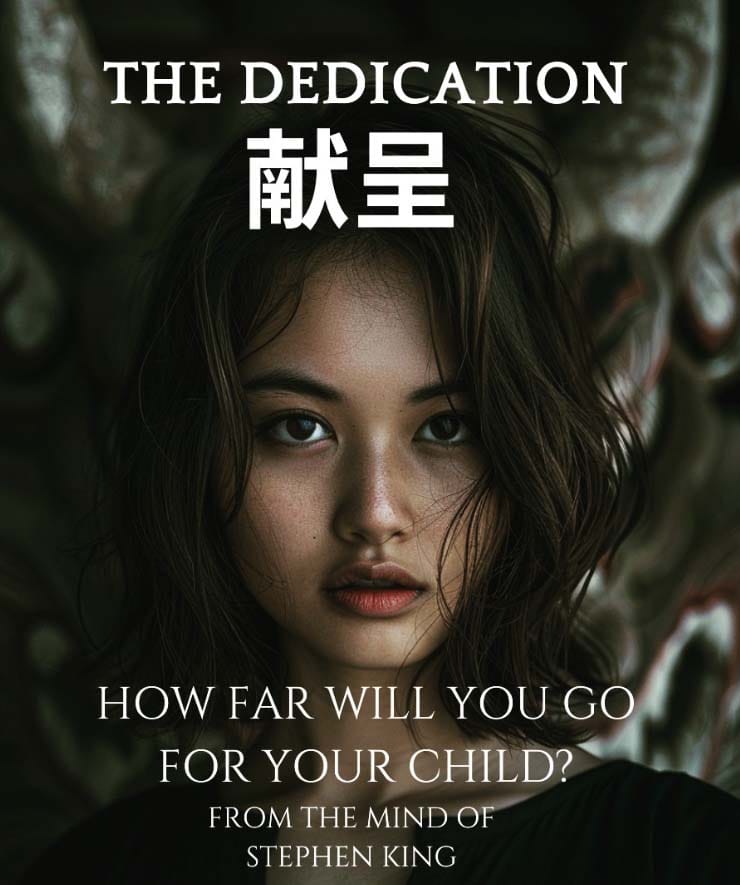
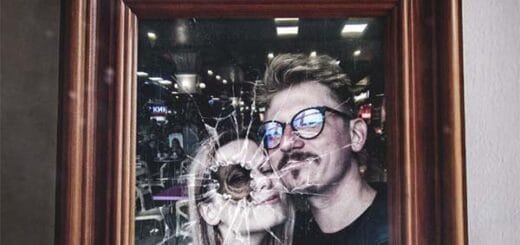
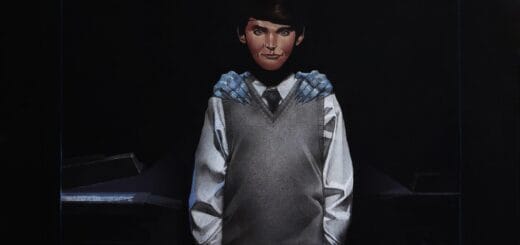
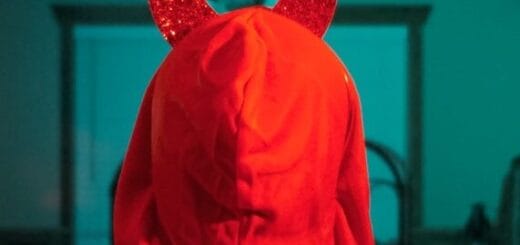











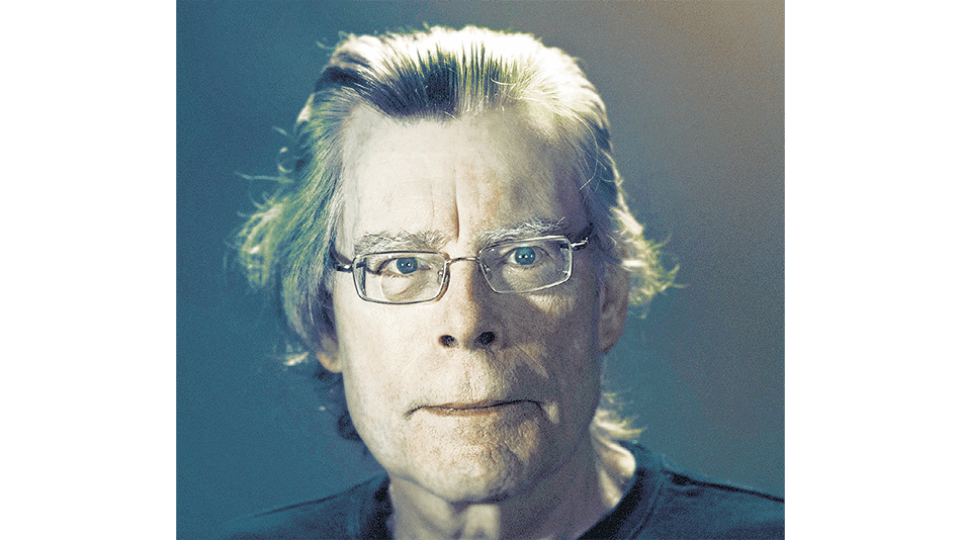

This looks so incredible! Do you know if you’re allowed to share the FilmFreeway access pw?
Thank you for your message. We don’t have the password. You’ll have to contact the director for that.